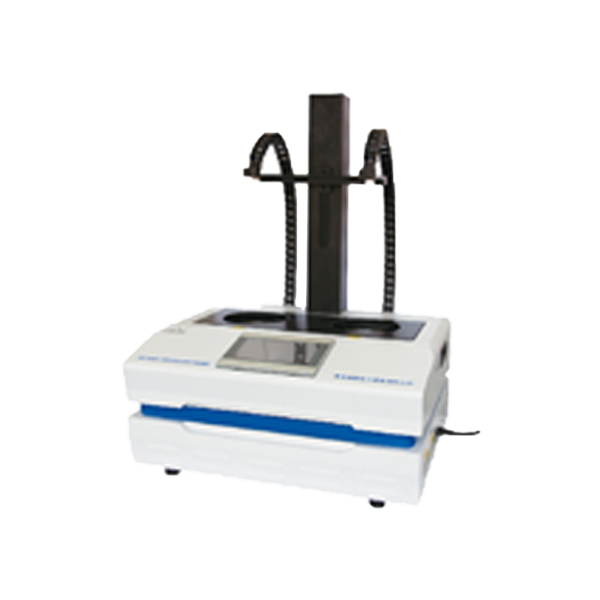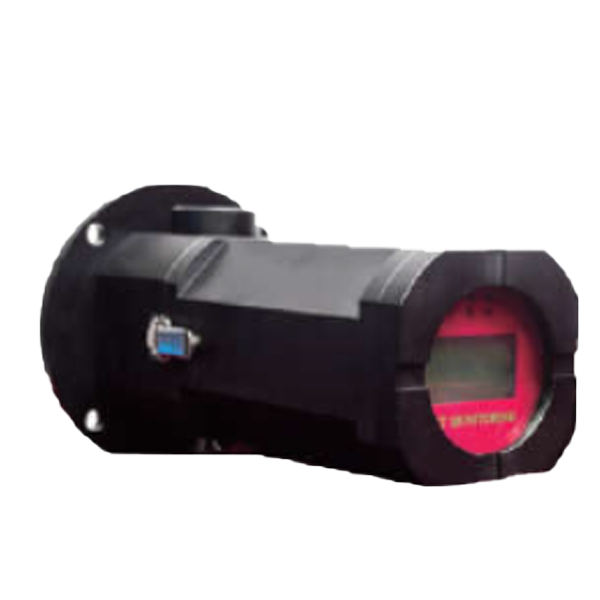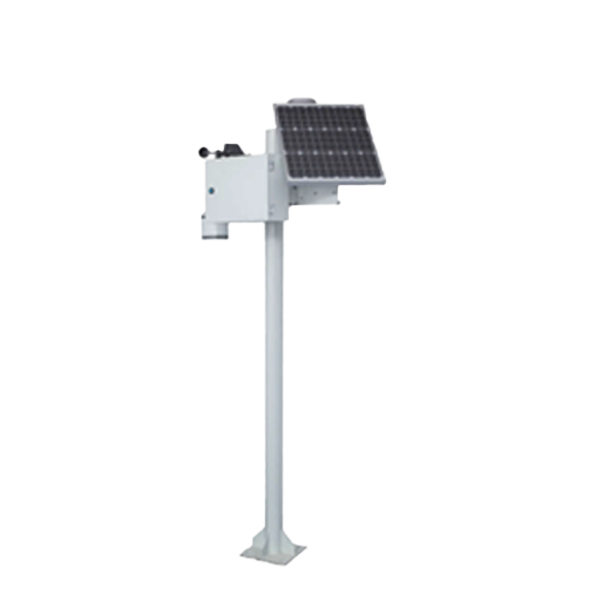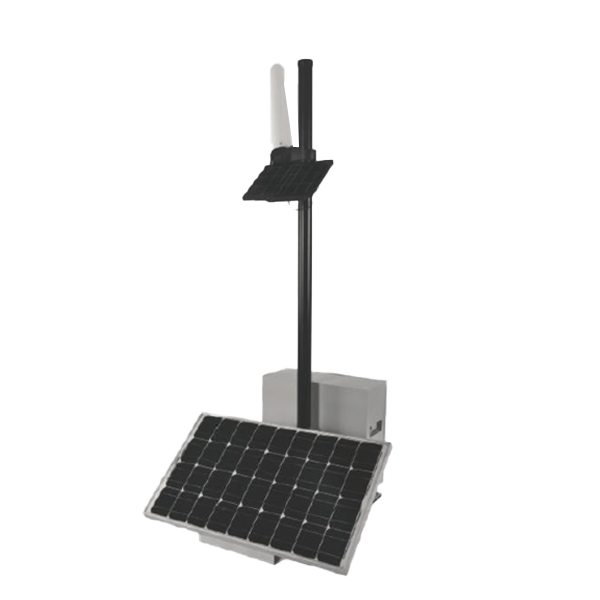hotline:020-29026320 |13903018415
-
-

Radiation detection instrumentation
-
HYGP-2223 exposure type X, γ radiation measuring instrument
-
HYGP-2223BX, gamma dose rate meter (with tripod)
-
FI-329M intelligent household nuclear radiation detector
-
HY-2000M digital multi-channel gamma spectrometer
显示更多 -
-

Laboratory Equipment
-
Radioactive distillation apparatus in water
-
2200Q portable turbidity meter
-
SPE Solid Phase Extraction Device
-
Portable spectrophotometer
显示更多 -
-

Portable environmental monitoring equipment
-
VOCs gas analyzer
-
Portable handheld VOC detector
-
Portable all-in-one multi-parameter analyzer
-
Dust detector
显示更多 -
-

Environmental online monitoring system
-
CM-WG8200 grid air quality detection system
-
On-line monitoring system for CM-VOCs-5000 volatile organic compounds
显示更多 -
-

UAV Online Environmental Monitoring
-
OS-2 UAV Electromagnetic Environment Monitoring System
-
Nuclear emergency radioactive source search UAV
-
UAV Monitoring System
显示更多 -
-

On-line Monitoring System of Electromagnetic Radiation
-
On-line Monitoring System of Electromagnetic Radiation
-
Automatic Monitoring System of HYEH460 Electromagnetic Radiation
-
HY-900A launch type radiation environment automatic monitoring station
-
OS-8 S Frequency Selective Electromagnetic Environment Online Monitoring System
显示更多 -
-
Navigating the Nuances of Radiation Detection Instrumentation: What You Need to Know
2025-06-26
Understanding Radiation Detection Instrumentation
When it comes to ensuring safety in environments where radiation exposure is a concern, radiation detection instrumentation plays a pivotal role. Whether in hospitals, nuclear power plants, or research facilities, these tools help monitor and manage radiation levels effectively. But hold your horses! There’s more to it than just waving a gadget around and calling it a day.
Types of Radiation Detection Instruments
First off, let’s dive into the different types of instruments available:
- Geiger-Müller Counters: These handheld devices are like the Swiss Army knives of radiation detection—versatile and easy to use.
- Scintillation Detectors: These are a bit more high-tech, utilizing special materials to emit light when struck by radiation.
- Dosimeters: Think of these as personal radiation monitors, perfect for workers who need to keep tabs on their exposure levels.
Key Considerations When Using Radiation Detection Instrumentation
Now that we’ve got the basics down, here are some important tips to keep in mind:
1. Calibration is King
Before you embark on your radiation detection journey, ensure your equipment is calibrated correctly. An uncalibrated instrument is like a ship without a compass—good luck finding your way!
2. Understand Your Environment
Different settings can affect your readings. For instance, high humidity or extreme temperatures can throw a wrench in the works. Always familiarize yourself with the conditions where you’ll be operating.
3. Regular Maintenance is a Must
Just like you wouldn’t drive a car without regular oil changes, your radiation detection instruments need routine check-ups. If you neglect maintenance, you might find yourself in a sticky situation when it really counts.
The Importance of Training
Okay, let’s be real—using radiation detection instrumentation isn’t something you can just wing. Proper training is essential. Understanding how to interpret the readings, recognize different types of radiation, and respond appropriately can mean the difference between safety and disaster. So, invest time in training sessions. They’re worth their weight in gold!
Staying Updated on Technology
The field of radiation detection is evolving faster than a speeding bullet. New technologies and methods are regularly introduced, and staying updated is crucial. Subscribe to industry newsletters, attend conferences, or join forums. Knowledge is power!
Conclusion: Safety First!
In summary, radiation detection instrumentation is an essential tool in various industries, but using it effectively requires knowledge, care, and commitment. By keeping these practical tips in mind, you can ensure you’re not only equipped to detect radiation but also to handle it safely and responsibly. Remember, when it comes to radiation—safety isn’t just a suggestion; it’s a necessity!
Previous Page:

COOKIES
Our website uses cookies and similar technologies to personalize the advertising shown to you and to help you get the best experience on our website. For more information, see our Privacy & Cookie Policy
COOKIES
Our website uses cookies and similar technologies to personalize the advertising shown to you and to help you get the best experience on our website. For more information, see our Privacy & Cookie Policy
These cookies are necessary for basic functions such as payment. Standard cookies cannot be turned off and do not store any of your information.
These cookies collect information, such as how many people are using our site or which pages are popular, to help us improve the customer experience. Turning these cookies off will mean we can't collect information to improve your experience.
These cookies enable the website to provide enhanced functionality and personalization. They may be set by us or by third-party providers whose services we have added to our pages. If you do not allow these cookies, some or all of these services may not function properly.
These cookies help us understand what you are interested in so that we can show you relevant advertising on other websites. Turning these cookies off will mean we are unable to show you any personalized advertising.
online message
Telephone:13903018415(Manager Wang)
Business: 020-29026320
E-mail:wangxueli@haiyoukj.com
Address: Room 703, Tian 'an Innovation Building, Panyu Energy Saving Science Park, 555 Panyu Avenue North, Donghuan Street, Panyu District, Guangzhou

Sweep code attention

